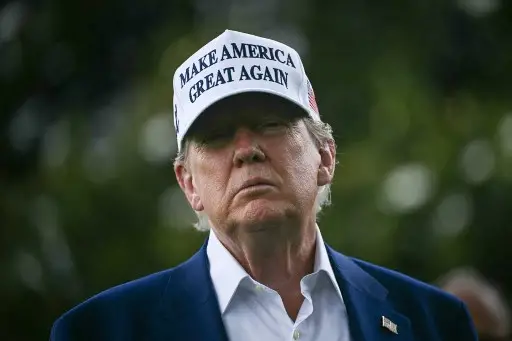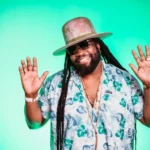WASHINGTON — The assassination of a 31-year-old conservative activist last week has quickly evolved from a personal tragedy into a national flashpoint, reshaping political discourse and deepening fault lines in American life.
The victim, widely recognized for his combative campus appearances and sprawling online following, was killed during a university debate event in Utah. Authorities apprehended a 22-year-old suspect after a nationwide manhunt, citing ideological motives tied directly to the activist’s rhetoric. Federal prosecutors have already announced intentions to pursue the death penalty.
While the shooting itself might once have been treated as an isolated act of violence, its political consequences have been anything but isolated. Within hours, high-ranking officials framed the killing as proof of “radical left-wing extremism,” vowing expansive federal action. By week’s end, the administration had pledged to treat anti-fascist groups as domestic terrorists and hinted at tighter controls over broadcast media.
At Sunday’s memorial in Arizona, a packed football stadium became a showcase not just of mourning but of mobilization. Senior government figures, including the president, vice president, and multiple cabinet secretaries, used their addresses to underline the activist’s role in shaping a generation of conservative voters. His widow announced she would take over leadership of the movement he founded, ensuring organizational continuity despite the violence.
The response has stirred fierce debate. Supporters view the murdered figure as a martyr whose work must be carried forward with greater urgency. Critics, however, warn that the government’s reaction—particularly threats to revoke broadcasting licenses from dissenting networks—signals an attempt to consolidate political control under the cover of tragedy.
Historians point to uneasy echoes of past moments when violence against political figures was leveraged to tighten state authority or rally mass movements. The combination of grief, fear, and mass spectacle, they argue, often produces outcomes that redefine the political order.
For now, the stadium crowds and executive pledges suggest that the slain activist’s influence may, paradoxically, grow larger in death than in life. What remains uncertain is whether the tools of government now being sharpened in his name will ultimately stabilize a divided nation—or fracture it further.






